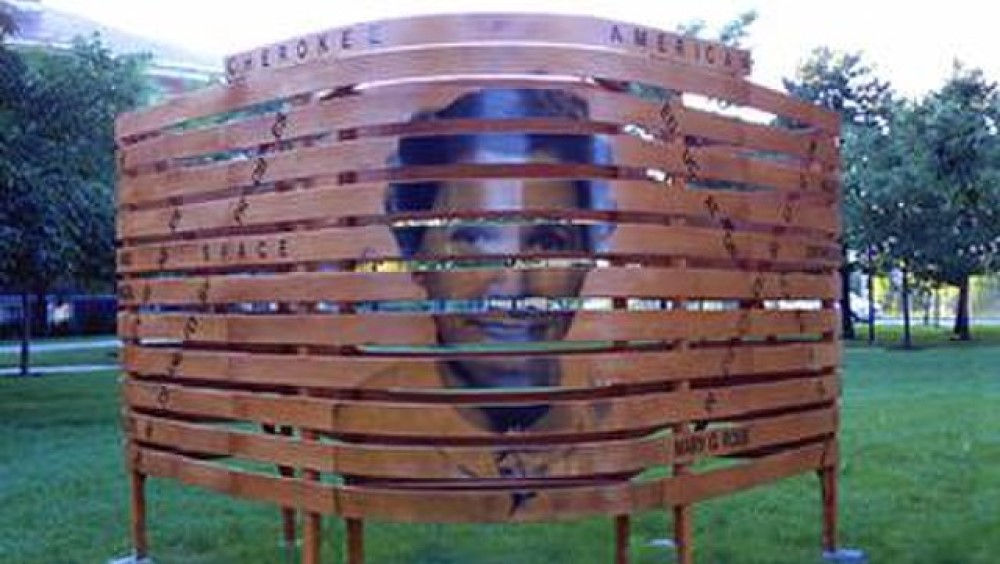
Mary Golda Ross is one of America’s great “hidden figures,” a mathematician and engineer whose role in America's space age has gone largely underappreciated. As the first known Native American female aerospace engineer and the first female engineer in the history of Lockheed, she became a national icon for Cherokees and women everywhere. She contributed to some of the most important and top-secret aerospace technologies of the Cold War.
Ross was born in 1908 in Park Hill, Oklahoma. A talented and gifted child, she was sent to live with her grandparents in the Cherokee Nation capital of Tahlequah where, at only 16 years old, she enrolled at Northeastern State Teacher’s College. She earned a bachelor's degree in mathematics in 1928 and taught math and science for several years during the Great Depression. She received her master's degree from the Colorado State Teachers College, which she attended during summers, in 1938 after taking every astronomy class they had to offer.
In 1941, Ross moved to California to look for work after the United States joined World War II. The following year, she was hired as a mathematician by Lockheed Aircraft Corporation. While there, she began consulting on projects for a new type of airplane, the P-38 Lightning fighter plane, one of the fastest airplanes designed at the time. She helped solve multiple design issues involved with high-speed flight and aeroelasticity and after the war ended she was asked to stay on as an engineer.
Lockheed sent Ross to UCLA where she earned a professional certification in engineering and studied mathematics for modern engineering, aeronautics, and missile and celestial mechanics. When the space race kicked off, she was the first female engineer among a team of 40 to work in Lockheed's Advanced Development Program at the then-secret Skunk Works, which is responsible for several aircraft designs, highly classified research and development programs and exotic aircraft platforms. Her work on the Agena rocket project was described as crucial.
Ross remained with Lockheed until her retirement in 1973 and then worked to recruit young women and Native American youth into engineering careers. Upon her death in 2008 at the age of 96, she left a $400k endowment to the National Museum of the American Indian in Washington, D.C.
